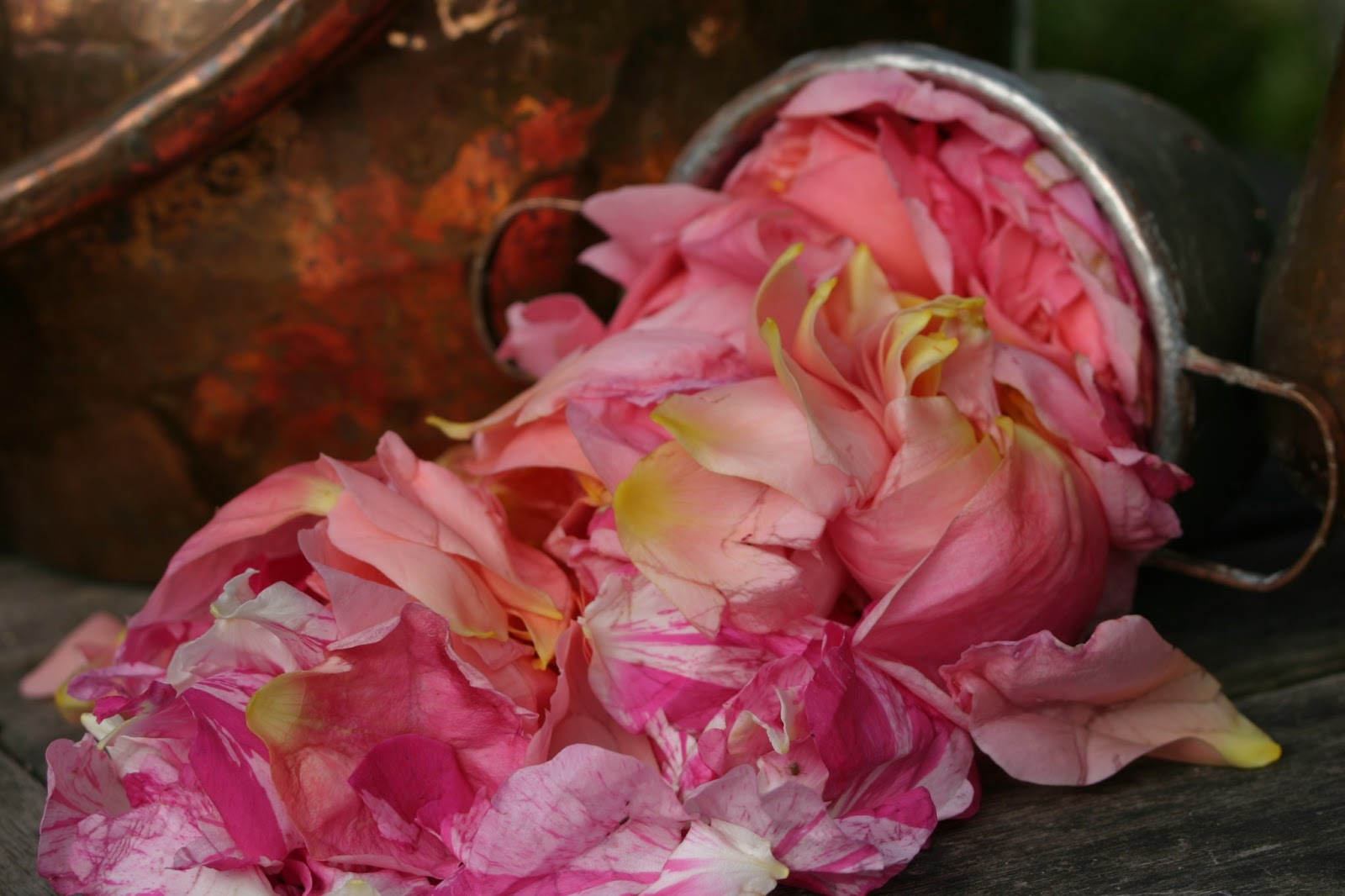'Varias son las sendas que conducen a Dios; yo he elegido la senda de la danza y de la música' escribió el poeta y místico persa Mowlânâ Rûmî (1207- 1273), inspirador de la vía de conocimiento sufí 'mevleví’ de los derviches giróvagos. Sean muy bienvenidos a'Baraka, música con alma', un blog dedicado a la reflexión y al estudio de la música en la obra de Mawlânâ Rûmî y por extensión al simbolismo del arte islámico. Información y contacto: Leili Castella en barakamusica@gmail.com.

Presentació
Baraka és una paraula d’origen àrab que significa alè vital, pura energia de vida, gràcia divina. Es diu que hi ha llocs amb una baraka especial. Entre ells, la música. La música és la bellesa l’allò més primordial que nia en nosaltres. En el batec del cor hi ha el ritme. En la respiració, la melodia. I en la relació amb tot allò que ens envolta, l’harmonia.
La música, com el perfum, és presència intangible. Entrar en ella és entrar en un espai preciós en què allò que és subtil pren cos, i on allò que és tangible esdevé subtil. Segons Mowlânâ Rûmî, la música, com el perfum, ens fa comprendre que vivim exiliats en aquest món, i alhora ens recorda allò que sabem i no obstant hem oblidat: el camí de retorn vers el nostre origen, vers casa nostra.
Habitar aquest espai preciós no pot fer-se només des de la raó. Aquest coneixement delicat i potent ha de ser degustat, encarnat, i per això Mowlânâ va ballar i va ballar, i va girar i girar i girar. D’aquest espai preciós de presència intangible és del què ens parlen els autors reunits en aquest blog. En un món com el que ens ha tocat viure, en què tantes velles estructures inservibles s’enfonsen, és responsabilitat de cadascú de nosaltres agafar-nos fort a aquells qui ens han indicat el camí, intentar comprendre´n els indicis, descobrir-ne les petjades ... i començar a girar.
Sigueu més que benvinguts a Baraka,
Lili Castella
.

dijous, 19 de setembre del 2019
De la fragilitat i la veritat
dimecres, 11 de setembre del 2019
De robes i roses

divendres, 2 d’agost del 2019
Els llocs de la Veritat

dissabte, 20 de juliol del 2019
La lletra 'nûn'

dimecres, 26 de juny del 2019
L'àdab del cal·lígraf (2)

Cal·ligrafia: Núria García Masip. https://nuriaart.com/. In this piece by Nuria García, we see a composition where this big letter "ha" stands out. This letter is used by Sufis during their sessions of meditation to reach the "hal", which is a sate of consciousness that is supposed to be in a higher level than the ordinary state and that brings you closer to your being, your essence, and therefore, your Lord.
